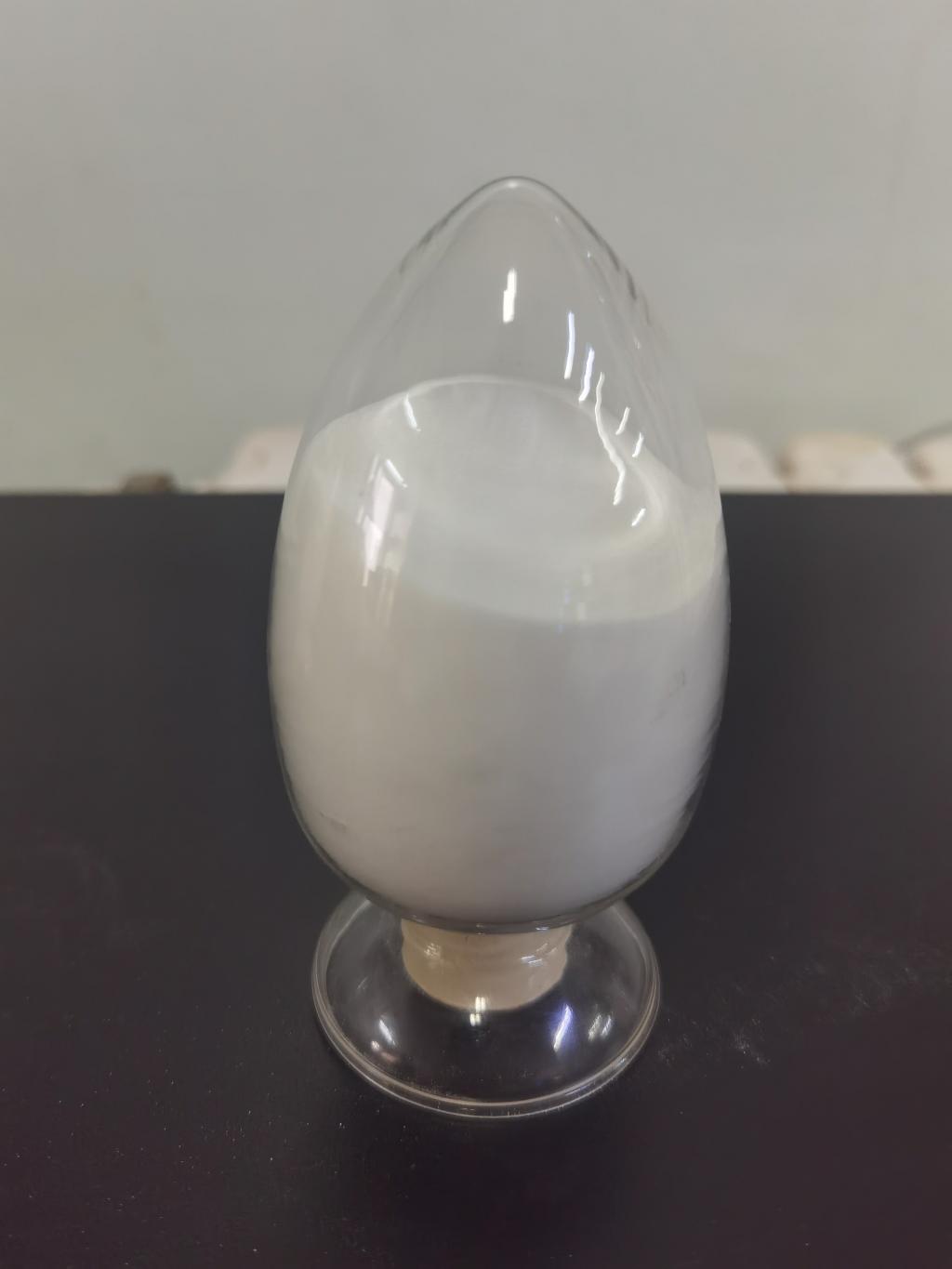Tel:+8618231198596

News
 CONTACT
CONTACT
 CONTACT
CONTACT
- Linkman:Linda Yao
- Tel: +8618231198596
- Email:linda.yao@dcpharma.cn
- Linkman:CHARLES.WANG
- Department:Overseas
- Tel: 0086 0311-85537378 0086 0311-85539701
News
Exploring the role of ε-Polylysine hydrochloride in preventing biofilm formation on medical devices.
TIME:2024-04-29
Biofilm Formation on Medical Devices
Biofilms are complex communities of microorganisms that adhere to surfaces and form a protective matrix of extracellular polymeric substances (EPS). Biofilm formation on medical devices, such as catheters, implants, and prosthetic devices, can lead to persistent infections and treatment complications. The presence of biofilms on medical devices not only increases the risk of microbial colonization but also contributes to antimicrobial resistance and treatment failures.
Challenges of Biofilm Control
Controlling biofilm formation on medical devices presents several challenges:
Resistance to Antimicrobial Agents: Biofilms exhibit increased resistance to antimicrobial agents compared to planktonic (free-floating) bacteria, making them difficult to eradicate with conventional antibiotics and disinfectants.
Adherence and Persistence: Microorganisms within biofilms adhere tightly to surfaces and exhibit increased resistance to mechanical removal or immune clearance, allowing them to persist and cause recurrent infections.
Treatment Complications: Biofilm-associated infections on medical devices can lead to treatment complications, including chronic inflammation, tissue damage, and device failure, necessitating additional interventions and healthcare costs.
Infection Control Measures: Current infection control measures, such as antimicrobial coatings and surface modifications, have limitations in preventing biofilm formation and may contribute to the emergence of antimicrobial resistance.
Role of ε-Polylysine Hydrochloride
ε-Polylysine hydrochloride (ε-PL) is a natural antimicrobial peptide derived from microbial fermentation processes. It consists of multiple lysine residues linked by peptide bonds and exhibits broad-spectrum antimicrobial activity against bacteria, yeasts, and molds. ε-PL has been investigated for its potential to inhibit biofilm formation on medical devices and surfaces, offering a promising approach for biofilm control in healthcare settings.
Mechanisms of Action
The antimicrobial activity of ε-PL against biofilm formation is attributed to several mechanisms:
Disruption of Cell Membranes: ε-PL interacts with microbial cell membranes, leading to membrane destabilization, permeabilization, and disruption. This disrupts essential cellular functions and inhibits microbial adhesion and colonization on surfaces.
Inhibition of Quorum Sensing: ε-PL interferes with quorum sensing, a cell-cell communication process used by bacteria to coordinate biofilm formation and virulence factor expression. By disrupting quorum sensing pathways, ε-PL inhibits biofilm development and reduces microbial virulence.
Dispersal of Established Biofilms: ε-PL has been shown to disrupt established biofilms by promoting the detachment and dispersal of microbial cells from the biofilm matrix. This facilitates the eradication of biofilm-associated infections and enhances the efficacy of antimicrobial treatments.
Applications in Healthcare Settings
ε-PL has several potential applications in preventing biofilm formation on medical devices and surfaces:
Coatings and Surface Treatments: ε-PL can be incorporated into coatings or surface treatments applied to medical devices, implants, and surfaces to prevent biofilm formation and reduce microbial colonization.
Catheter Lock Solutions: ε-PL-containing lock solutions can be used to prevent catheter-related bloodstream infections by inhibiting biofilm formation within catheter lumens and hubs.
Wound Dressings: ε-PL-containing wound dressings can inhibit microbial colonization and biofilm formation on wound surfaces, reducing the risk of wound infections and promoting healing.
Implantable Devices: ε-PL coatings on implantable devices, such as orthopedic implants and prosthetic joints, can prevent biofilm formation and reduce the risk of device-related infections.
Challenges and Considerations
Despite its potential benefits, several challenges and considerations should be addressed when using ε-PL for biofilm control:
Biocompatibility: The biocompatibility of ε-PL-containing materials and coatings should be thoroughly evaluated to ensure compatibility with human tissues and minimize adverse reactions or inflammatory responses.
Long-Term Efficacy: The long-term efficacy of ε-PL in preventing biofilm formation and maintaining antimicrobial activity on medical devices requires further investigation, particularly under clinically relevant conditions.
Regulatory Approval: Regulatory approval and compliance requirements must be met for ε-PL-containing products intended for medical use, including safety assessments, efficacy evaluations, and quality control measures.
Cost-Effectiveness: The cost-effectiveness of ε-PL-based interventions for biofilm control should be evaluated in comparison to existing infection control measures and treatment strategies to justify their implementation in healthcare settings.
Conclusion
ε-Polylysine hydrochloride (ε-PL) offers a promising approach for preventing biofilm formation on medical devices and surfaces in healthcare settings. Its broad-spectrum antimicrobial activity, mechanisms of action, and potential applications make it a valuable tool for biofilm control and infection prevention. By addressing challenges related to biocompatibility, long-term efficacy, regulatory approval, and cost-effectiveness, ε-PL-based interventions have the potential to improve patient outcomes, reduce healthcare-associated infections, and enhance the safety and efficacy of medical devices in clinical practice.
- Tel:+8618231198596
- Whatsapp:18231198596
- Chat With Skype







